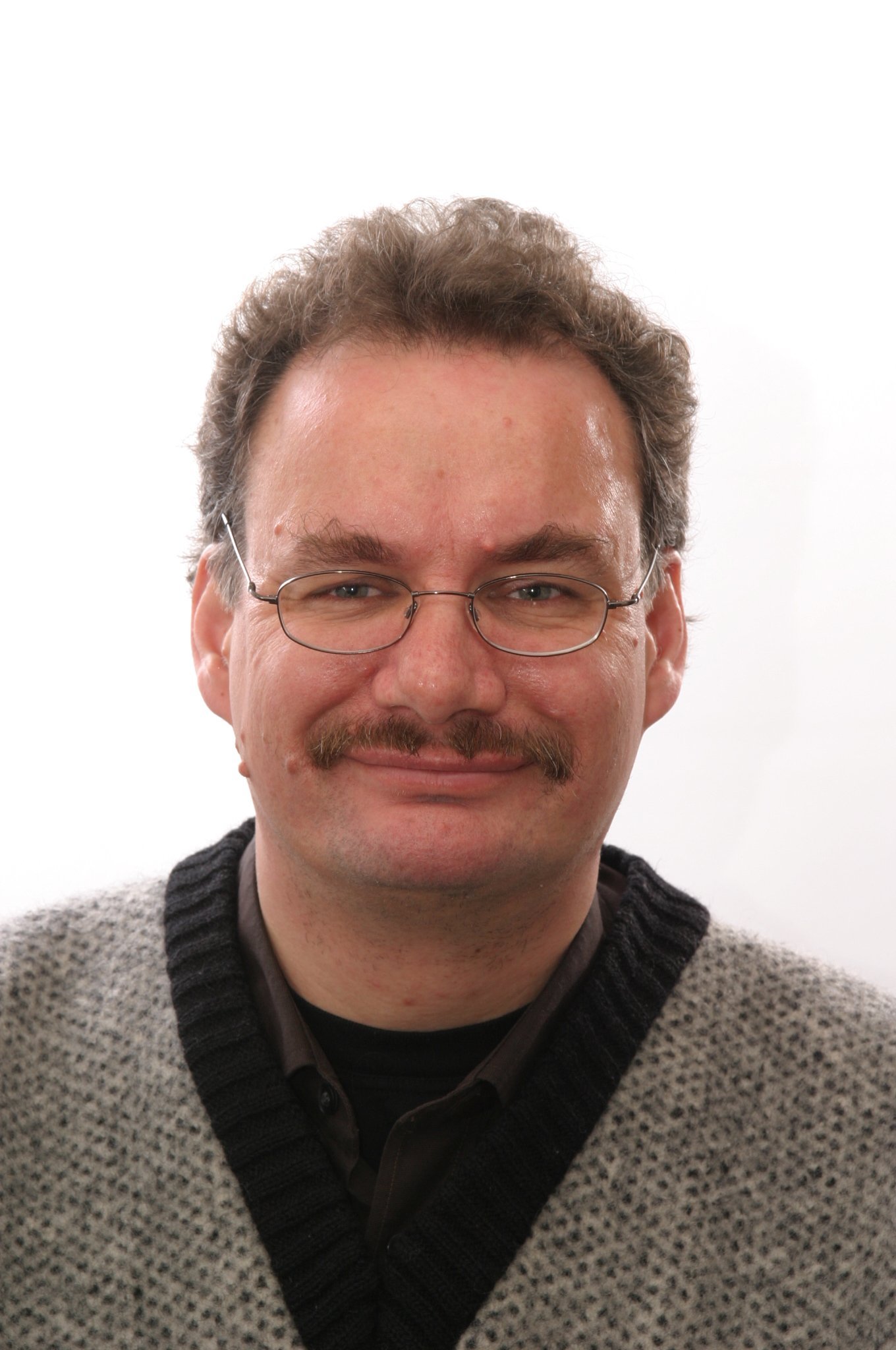Kai Bester about sludge processing & threats to biodiversity
What are your role-specific tasks within the project?
“I am leading case study 4A. To be concrete, we are assessing the emissions, fate, and effect of several CECs (Contaminants of Emerging Concern) that are brought with municipal sewage sludges to agricultural fields. A commonly promoted practice in Scandinavia is to close the nutrient cycle. This cycle, like all elements of a circular economy based on utilising wastes, bears the intrinsic risk of polluting ecosystems and thus essential resources for mankind with anthropogenic compounds. In this case, we are considering: A group of bactericides, organophosphate flame retardants, that are described as intrinsically not degradable and carcinogenic in animals, and selected pharmaceuticals.”
What role do the six case studies play in SYBERAC’s objectives, and can you share an example from one?
“I think the case studies are the core of SYBERAC’s work. It allows us to collaborate with people who address the effects of compounds on soil microbial communities and functioning as well as the effects on invertebrates. With our own research infrastructure and funding, this would simply not be possible.”
Kai Bester working at a SYBERAC case study site
How does your research on processing sludge before soil application align with protecting ecosystem services?
“Until, say, 2000, people often thought that the greatest threats to the environment were from dangerous compounds, like pesticides that are designed to have effects but were misused or wrongly designed. Currently, the perception is gradually changing. On the one hand, our economic systems are getting more and more circular, on the other hand, we are just becoming aware that by doing this without the proper precautions we are sometimes releasing the Jinni from the bottle. We are becoming aware that we are introducing a lot of compounds into ecosystems where they were never designed to be.”
What is the key takeaway SYBERAC offers the public?
“SYBERAC will be able to address issues that are not covered in the current environmental and chemical regulations and laws.
In our case, the fate, especially the degradation of bactericides in soil, was not sufficiently addressed during the assessment in the framework of the biocidal products regulation. It is also not addressed in the sludge or soil regulations. As with organophosphates and to some extent pharmaceuticals, the pathway from wastewater via sludge into soil is not represented in the laws and regulations. Moreover, indirect effects on biodiversity or the risk of antimicrobial resistance are currently not covered by clear criteria.
On top of that, SYBERAC allows a close collaboration between “fate-scientists” and “ecotox-scientists” which is not often possible. I am quite grateful for this opportunity and the responsiveness of my colleagues to work across borders and silos.”
“We need to implement new barriers, filters, or selection systems to ensure that we do not spoil the fundaments of the life of future generations.”
“So, if we use secondary fertilizers from a circular economy, such as sewage sludges or manures on fields, we need to ensure that the soils can handle these compounds, or we need to implement new barriers, filters, or selection systems to ensure that we do not spoil the fundaments of the life of future generations. Big areas of land have already been lost for food and drinking water production because highly contaminated industrial sludges have been used when farmers were actually expecting to receive sludges from municipal wastewater treatment.”


